How to Use Cinnamon for Plants: Natural Pest Control and Sturdier Stem

Raise your hand if you've ever sprinkled cinnamon into your coffee, but never once thought about tossing it into your houseplants. 🙋♀️ Same here—until I discovered just how ridiculously useful cinnamon can be for plants.
If you're battling fungus gnats, ant invasions, or droopy plant stems, cinnamon for your plants is one of those “wait, why didn’t I try this sooner?” kinds of solutions. It’s cheap, natural, smells good, and best of all—no toxic sprays or expensive gadgets involved.
There's also something pretty satisfying about using something straight out of your spice rack to solve a problem in with your plants.
Tools and Materials:
- Ground cinnamon (any kind will do)
- Cinnamon sticks
- A small spoon or shaker
- Garden gloves (optional, but helpful)
- A spray bottle (optional for even application)
Hometalk may receive a small affiliate commission from purchases made via Amazon links in this article but at no cost to you.
1. Use Cinnamon to Deter Gnats (and Curious Cats)
If your indoor plants are constantly hosting a party for fungus gnats—or if your cat thinks your monstera is a salad bar—this trick is for you.
How to use it:
Sprinkle a light, even layer of ground cinnamon over the top of the soil. That’s it. Seriously.
Cinnamon has natural antifungal properties that help kill off the gnat larvae hanging out in the soil. Plus, the smell might just keep Whiskers from using your pothos as a chew toy.
2. Use Cinnamon Sticks as Natural Plant Supports
Yes, cinnamon sticks. They’re not just for cider anymore.
If you've got a seedling or plant with a floppy stem, a cinnamon stick makes a great low-key plant support.
How to use it:
Place the cinnamon stick vertically into the soil next to your plant’s base.
Use soft twine or a twist tie to secure the plant loosely to the stick.
Bonus: Cinnamon's antifungal properties can help prevent root rot and repel pests at the same time.
3. Sprinkle Cinnamon to Repel Ants (and Other Tiny Terrors)
We all know that telltale line of ants making their way across the patio, into your planters, or worse—straight into your home. If you’ve tried everything to stop them short of building a moat, grab your cinnamon jar.
How to use it:
Find where the ants are entering or trailing, and sprinkle a line of ground cinnamon in their path. The strong scent messes with their pheromone trails, so they’ll literally lose their way. No trail = no party.
It works in garden beds, pots, and even along window sills or baseboards inside.
3 Surprising Ways to Use Cinnamon in the Garden
Try these 3 ways to use cinnamon for plants
I’ll be honest, I used to think cinnamon was just for cinnamon rolls and fall candles—but nope. It’s officially earned a permanent spot in my plant care stash.
The best part? It smells amazing and doesn’t require a trip to the garden center. Just open your spice cabinet and boom—you’re basically a plant whisperer.
If you end up trying any of these tips, I’d love to know how it goes. Does your cat respect the cinnamon boundary? Are your plants standing a little taller thanks to their cinnamon stick support?
Enjoyed the project?
Comments
Join the conversation
-
 Wow167903089
on Jun 05, 2025
Wow167903089
on Jun 05, 2025
I had sugary jam boil over on my glass cooktop. I've tried many ways to remove it. IE, baking soda with vinegar, glass top cleaner, magic eraser, leaving a damp cloth overnight on it with baking soda. Some of it still remains. Help!!!
-
 Sharon
on Jun 06, 2025
Sharon
on Jun 06, 2025
Unrelated to the post that was posted re plants. But I came across a great way to clean stovetop's a while ago and it works!!
. Sprinkle some baking soda over stovetop, squirt a small amount of DAWN over it and then use a lemon cut in half to scrub the baking soda and dawn mixture. (Be sure to remove any seeds in the lemon) While mixture still on stovetop, use a razor blade to scrape away any remaining residual mess. Then use water and wet cloth to clean excess/remaining cleaning combo. Good luck it worked on a horrific mess a tenant left behind.
-
-
-
 Zip161412691
on Jun 05, 2025
Zip161412691
on Jun 05, 2025
i use one of the plastic cake knives you get when you buy a store baked cake. I use it to scrape on burnt on food and it will not scratch the glass. just take the sharp edge and angle it like you would if you were sharpening a real knife. It will lift the mess off. WD40 will help but you have to clean it all off before cooking. try the plastic knife first. less mess to clean up.
-

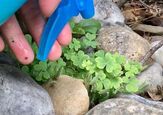













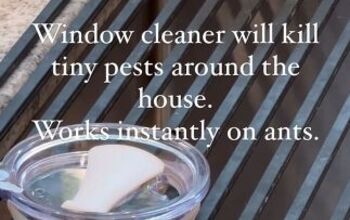

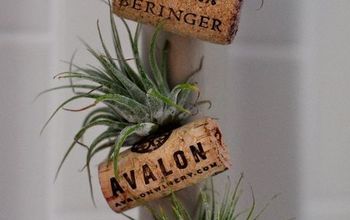
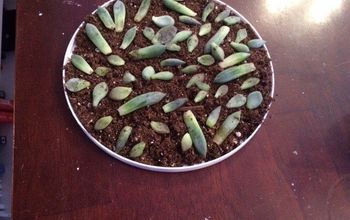
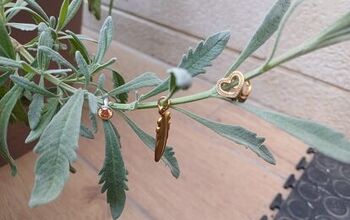



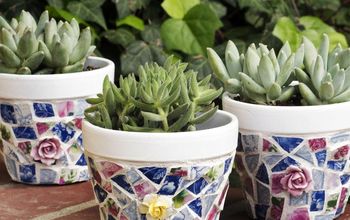


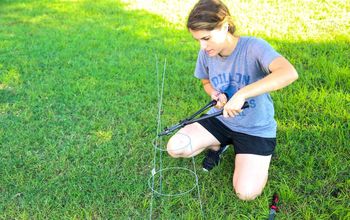
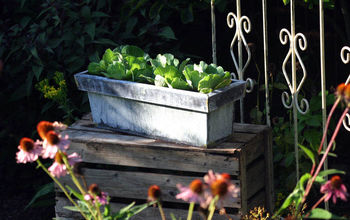

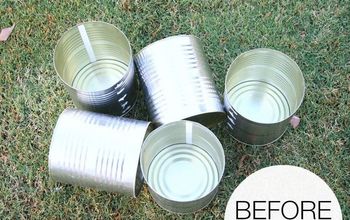

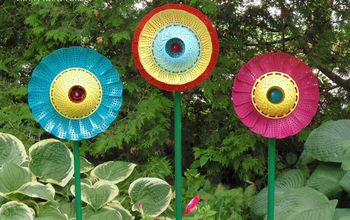
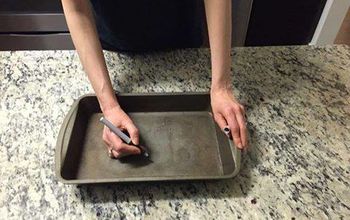
Frequently asked questions
Have a question about this project?
Does cinnamon work for Squirrels too?
Will cinnamon keep bird from eating plants?
What will deter dogs?